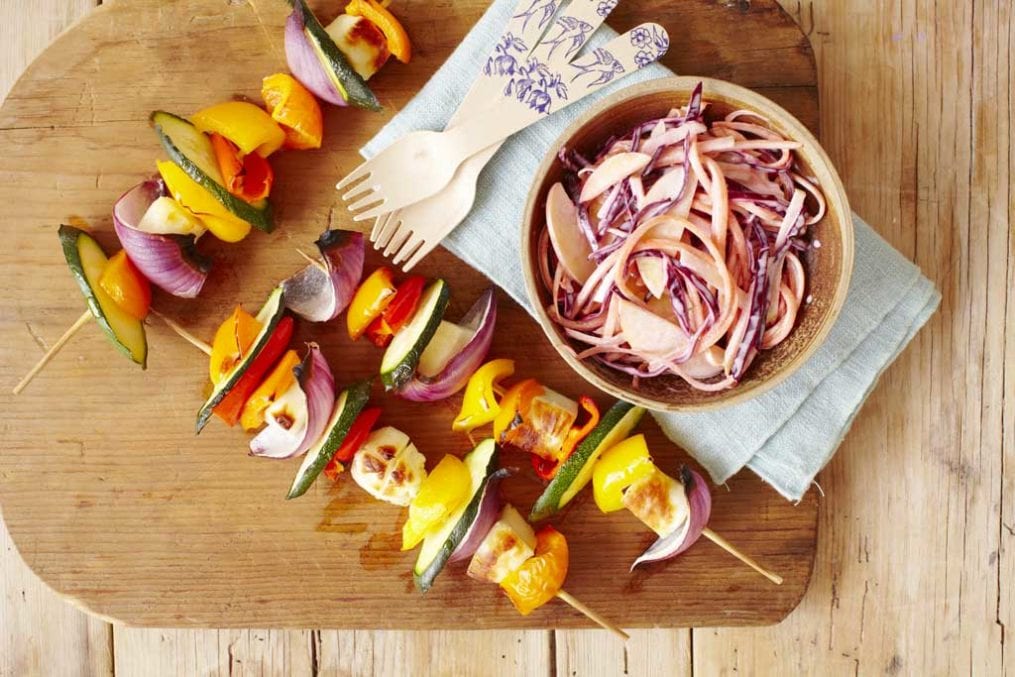 |
submitted by /u/Xxcockmaster69420xX [link] [comments] |
The truth about alcohol, fat loss and muscle growth | Leangains
What to Do with Intrusive Thoughts?
If you had a devastating illness and were given one year to live, what would you do? No question there would be grief and plenty of important decisions to make. If it didn’t debilitate you completely, what would you do with your time? Where would you focus your attention and energy? Would you be willing to spend more time with your loved ones despite the pain that shows up? Would you be doing activities that you’ve enjoyed in life or would you stay home lamenting what life would’ve been if you didn’t have this affliction?
As a mortal being we are guaranteed physical, mental and emotional pain. The prospect of getting away from pain is a fantasy, and we all know it. Yet, when we are in the middle of adversity, we can easily forget. Our nature is to seek comfort, and the human mind is adept at providing infinite solutions to dissuade the pain.
This can happen when you struggle with intrusive thoughts. Your tendency may be to control them. You may try to ignore them. Sometimes you may try to replace, fight or push the thoughts away. After incessantly trying, you may resign yourself to being a victim to what your thoughts say and succumb to compulsions to alleviate your emotional and mental pain.
You may have at some point even wished or prayed to trade your OCD for a physical debilitating illness. No question OCD is torturing, and it can get in the way of living the kind of life you want. Just like you would want to spend your precious time doing what matters with those you care most about, if you had a fatal disease, would you consider a similar stance with the pain that OCD brings into your life?
Your OCD mind may advise you to wait for those internal private events (i.e., thoughts, emotions, and sensations) to abate so you can enjoy life. The advice would make sense if you were dealing with external situations, “Wait until you’ve gotten a job to purchase a car!” “Wait till you’ve earned enough money to put a down payment on a new house!”
The truth is that you cannot treat internal private experiences as if they were external ones. “But why can’t that invasive thought just vanish?” you may ask. If you aren’t willing to have it, you will. In order to not think about it you have to think about it, don’t you?*
Will you acknowledge the thoughts and carry on with life instead of trying to control them? This is not easy of course, but you can start with the following practice exercise.
The Sticky Note
On a 3 x 3 sticky note, write down three of the intrusive thoughts you wish you didn’t have. This may be difficult. However, the alternative is to have them front and center and let them get in the way of your life because you keep pushing them away.
After writing your thoughts, read them and consider how long they have been showing up in your mind? How old are these stories? Are they not old news? Sometimes new thoughts will show up, and soon enough they’ll become old and the cycle will continue.
Would you be willing to place the sticky note containing your intrusive thoughts in one of your pants or shirt pockets, purse, backpack or wallet? Would you be willing to carry the note with you everywhere you go?
Then, when the intrusive thought shows up, can you acknowledge it, and remember how long this thought has been reoccurring? “Yes, this is the same old story.” Then decide to “own” the thought each time it pops up and genuinely thank your mind. “Yeah, I’ve got that thought in my pocket. Thanks Mind!” Pull out the note and read it, then place it back.
Own your thoughts! Carry them in your pocket. Don’t wait until they are gone. Start focusing on what and who matters most despite the emotional pain.
Your best life is waiting for you!
Source
*Steven C. Hayes, Get Out of Your Mind and Into Your Life, Oakland, CA: New Harbinger, 2005.
WHO wants to review Russian Covid-19 vaccine safety data
US, Moderna in deal for 100 million doses of coronavirus vaccine: Trump
Halloumi and vegetable kebabs with fruity coleslaw

These tasty halloumi skewers are perfect for garden lunches and, as they’re stacked with vegetables, they’re nutritious, too! The red onion provides antioxidants, while courgettes are a source of potassium, which helps maintain healthy blood pressure. What’s more, the sweet peppers provide vitamin C – which supports our immunity and helps us ward off colds and sniffles – as well as vitamin K1, needed for wound healing and healthy bones. The carrot in the fruity coleslaw contains beta carotene, which our body converts into vitamin A, needed for eye health. Plus, red cabbage is a source of a compound called sulforaphane, which is linked to heart health and has cancer-fighting properties.
Serves 2 (makes 4 skewers)
1 pack (225-250g) Cypriot halloumi, cubed
1 courgette, sliced
1 red onion, cut into chunks
2 mixed sweet peppers, cut into squares
For the fruity coleslaw
1/4 red cabbage, shredded
1 carrot, shredded
1 peach, julienned
1 apple, julienned
1/2 lemon, juiced
2 tbsp mayonnaise
1 Soak four wooden skewers in water (this stops them from burning) and preheat the grill to high.
2 For the coleslaw, mix together the vegetables and fruit together in a large bowl. In a separate small bowl, whisk the mayonnaise and lemon juice with a little seasoning until smooth. Add the dressing to the large bowl and stir well to coat. Set the coleslaw to one side.
3 Thread the vegetables and halloumi cubes onto the skewers in a random order, making sure you have a roughly even amount on each stick.
4 Place on a baking tray under the grill for 12 minutes, turning once, until the halloumi and vegetables go golden. Serve your halloumi skewers immediately with a dollop of fruity coleslaw.
The post Halloumi and vegetable kebabs with fruity coleslaw appeared first on Healthy Magazine | Food | Fitness | Beauty | Health.
How to get started with tennis

While the decision to cancel Wimbledon this year was a blow for tennis fans, courts reopening safely over the past few weeks have offered some consolation. But whether you’re a seasoned server, or a newbie, now might be a good time to pick up your racket. Tennis is one of the few sports where social-distancing is guaranteed. Plus, it’s an effective workout, exercising your whole body and offering a chance to make friends, too. Follow our tips for beginners’ tennis:
Who can play tennis?
‘Tennis suits all ages and abilities – from four-year-old kids who play mini tennis (with smaller courts and rackets, and lighter balls) to 90-year-olds still playing the full version of the game,’ says Sam Richardson, programmes manager at the Lawn Tennis Association.
Plus, it’s highly social. ‘You’ll make a whole new group of friends if you join a club,’ says Richardson. ‘I’ve been playing for 30 years and I love the competitive side of tennis. Keep the game up and you’ll keep improving, so you can challenge yourself.’
What are the physical benefits of tennis?
Playing tennis challenges your body and is a great fat burner – you can torch around 400 calories an hour on the court. ‘It gives an entire-body workout,’ says Richardson. ‘You’re working your upper body, core and legs as you sprint, jump and lunge to reach your shots. Most tennis beginners are off balance when they hit the ball, so I work on that first,’ says Richardson.
‘There’s been lots of research into the benefits of tennis for the brain, too,’ adds Richardson. ‘You learn to anticipate your opponent’s moves and their weaknesses and need to be able to read the incoming ball. So I encourage people to think about where they need to be on court to make their shot. Plus you’re constantly making decisions during the game – skills that can help you in everyday life.’
Where do I start?
To find somewhere to play, open the ‘Find a Court’ service on the LTA website and type in your postcode to discover a tennis court local to you. There is also an option to find people of a similar standard to play with so you can challenge them to matches.
If you don’t fancy a tennis match but want to get fit, try cardio tennis. This fitness class focuses on moving and burning calories rather than tennis technique. ‘It’s a mix of all types of exercises, so for example, you’ll hit a ball (it doesn’t matter where it goes) then drop down into squats,’ Richardson says.
What tennis kit do I need?
‘All beginners need is a tennis racket – and you can pick one up quite reasonably for around £10 to £20,’ says Richardson. Forget tennis whites, most clubs will let you play in regular sports kit. If you’re playing on a public court in the park, jeans and trainers will do.
The beauty of tennis is that you don’t have to be superfit to play, as it can be adapted to all levels. For example, you can play on a smaller court, using lighter balls. ‘I often see beginners struggling to play with yellow tennis balls, the same type Murray and Nadal use,’ says Richardson, ‘which are heavy with a high bounce. Green or orange are slower and softer, so there’s more chance of hitting them and starting a rally.’
‘The more you play and the better you get, you’ll probably want to invest in a pair of tennis shoes which give you more stability. These cost around £40 to £50,’ advises Richardson. If you want to join a club, an average membership costs from £120 per year – less than most monthly gym fees.
When you’ve caught the tennis bug, stick at it. ‘Tennis isn’t just for summer, it’s a year-round sport,’ says Richardson. ‘Floodlit and indoor courts allow you to play in the winter, too.’ So there’s no reason to stop at as the weather gets colder – your body and brain will thank you for it.
The post How to get started with tennis appeared first on Healthy Magazine | Food | Fitness | Beauty | Health.
Subscribe UsPopular Posts
|
